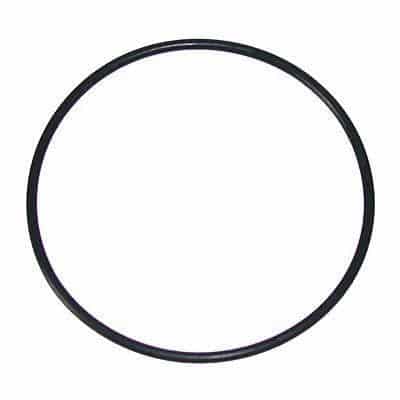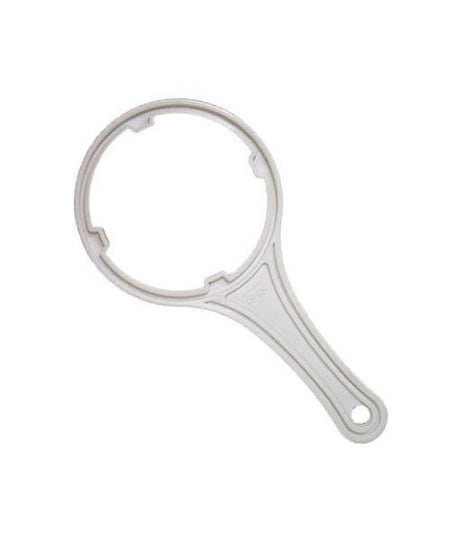O-Ring & Gasket for SS134, SS210, SS234 Stainless Steel Water Filter Housing
$35.00Unit price /UnavailableO-Rings for 10" Slim Line Housings (Standard Size)
$16.00Unit price /UnavailableO-Rings for BG Series Water Filter Housings
$17.00Unit price /UnavailableO-Rings for Premiere AMF-20S Blue Plastic Water Filter
$16.00Unit price /Unavailable- From $12.50Unit price /Unavailable





